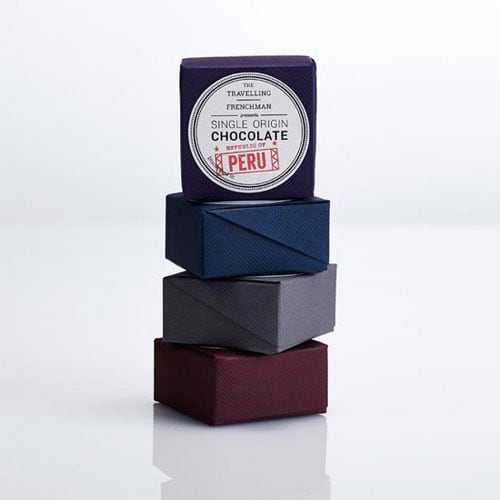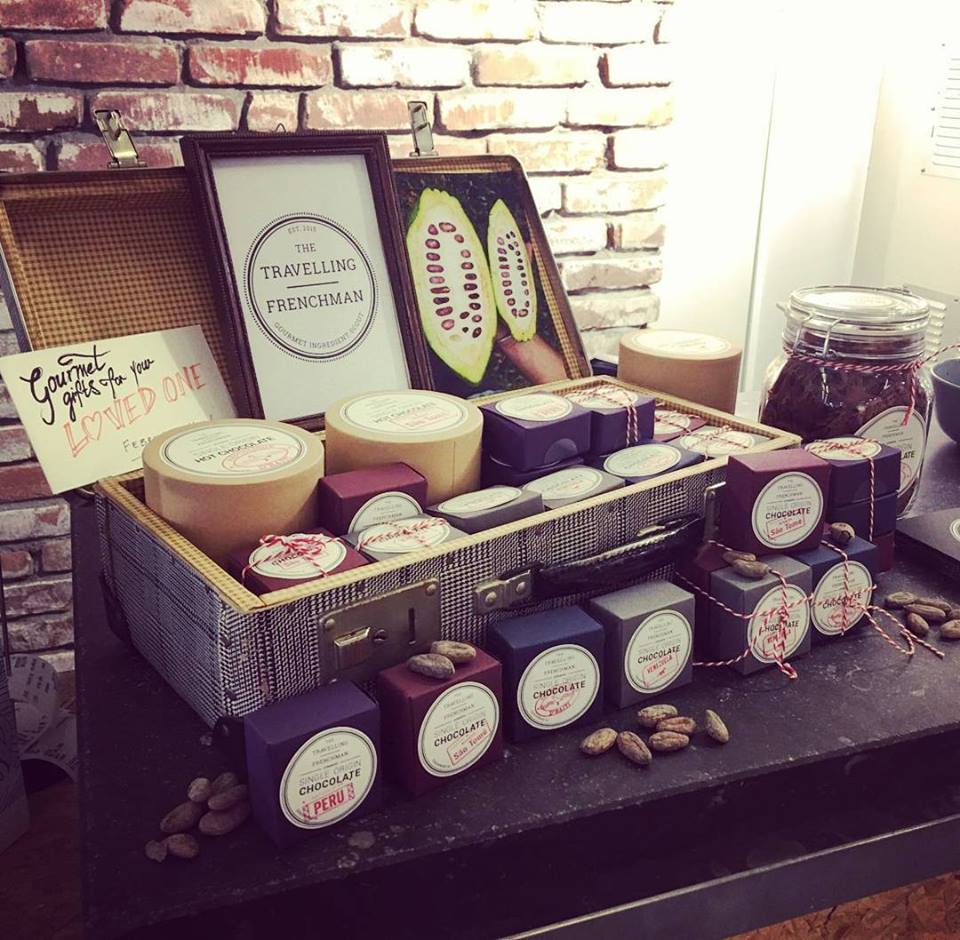Created in 2015 by three friends; cocoa trader Julien Aillerie, Christina Franken and Glenn Doherty, who shared a passion for better, sustainable ingredients, the company, based in Amsterdam, is tapping into the trend where consumers want to learn more about the strict definitions of chocolate production and the ingredients of what they are consuming.
Cocoa flavor profiles
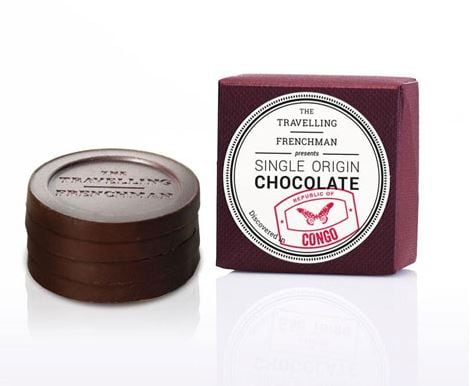
‘Single-origin’ means chocolate that is made using cocoa beans from one specific place or ‘origin’. The beans take on the characteristics of the region where it is grown (terroir), similar to wine where the flavors can take on earthy, floral, herbal or berry tones. But flavor development is also about the level of fermentation, drying and crop management.
“The Travelling Frenchman is based on a real Frenchman, Julien Aillerie, a cocoa trader for Tradin Organic Agriculture. I used to work with Julien and my partner Glenn is the other co-founder. We are a team of three working on the project after Julien came up with the idea of having his own chocolate brand and he needed a designer and someone with a marketing background to form the business,” she said.
“Julien is an expert in cocoa trading and Amsterdam itself has a rich history of cocoa trading so chocolate as we know it would not exist today without the knowledge we have in Amsterdam.”
Dating back to the 18th century, Dutch merchants controlled virtually the entire trade in cocoa beans and Amsterdam port played a key part in the cocoa processing industry, including the invention of the cocoa press to remove fat from cocoa mass and the development of the Dutch Process of alkalization (by C.J. van Houten).
Even today, the Port of Amsterdam boasts it is ‘the world’s largest port for cocoa bean imports’ and companies such as Cargill, OLAM and Dutch Cocoa are established in the Amsterdam region as well as firms which provide the handling and storing of cocoa or cocoa products such as CWT Commodities, Katoen Natie, Vollers, Steinweg-Handelsveem, HD Cotterell, ACS and DSV.
“A lot of people don’t know about the history of Amsterdam and its ties with the chocolate industry. Global volumes of cocoa go through Amsterdam port each year, where it is stored, blended and processed before being shipped to chocolate manufacturers in France, Germany and Switzerland, for example. There is also an organic cocoa processing facility in the North of Amsterdam called Crown of Holland, which is operated by Tradin Organic,” said Franken.
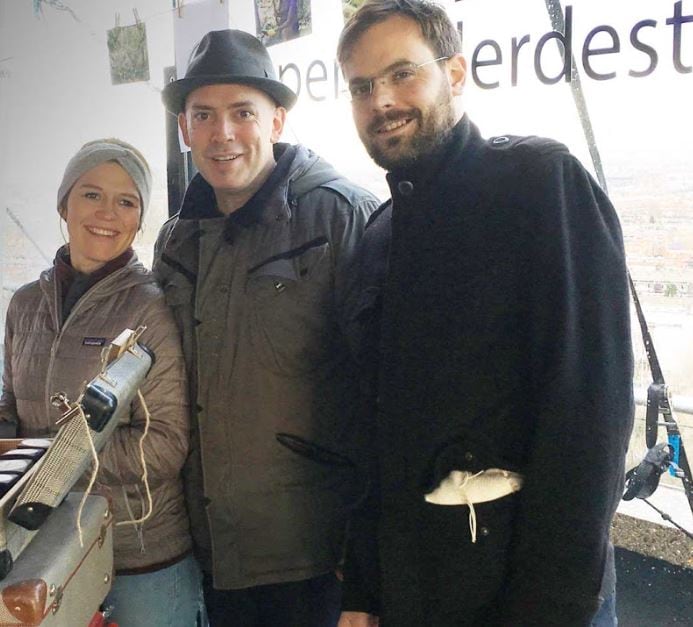
“Since cocoa has such a strong part in the history of Amsterdam and especially its port, we are speaking to a lot of hotels here to offer single-origin chocolate workshops to visiting tourists.”
“The workshops are usually offered as a package for new cafés to get baristas trained on the ins- and outs of cocoa flavor profiles and parallels to the coffee, wine and tea world.”
Organic ingredients
Currently, The Travelling Frenchman chocolate (as well as flakes for hot chocolate) is available in Amsterdam in numerous cafes and bars including Bocca, Black Gold, Koffie Academie, Native Haarlem, Barmhartig, Hotel V, Hutspot in December, and a partnership with Hoxton hotels is imminent.
The company is not certified organic due to costs, but Franken said, the cocoa used is (where possible) organic. It is also vegan, but again, not certified.
“Our focus lies on the quality of the supply chain over quantity, so costs of such certifications are not feasible. The strategy to offer more explanation and training to resellers has so far worked and helps to bridge these missing gaps for customers and consumers,” she said.
With a background in architecture, Franken was formerly Smart Cities Lead for Mapbox and marketing manager for Tradin Organic Agriculture.
“A cocoa trader is a specific job. There are a lot of companies that trade in cocoa. I was working for an organic food ingredients company with Julien. As part of his day job he sources cocoa from the farmers and travels to check on the harvest and orders. On the other side of the industry is trading through the supply chain where a chocolate maker makes chocolate through the beans from different origin countries,” she said.
“The focus for us was always on the origin, because if you have chocolate that’s not blended it is similar to wine, but every origin is different based on the soil, the weather conditions and it has been really hard work partnering with small farm holders on this.
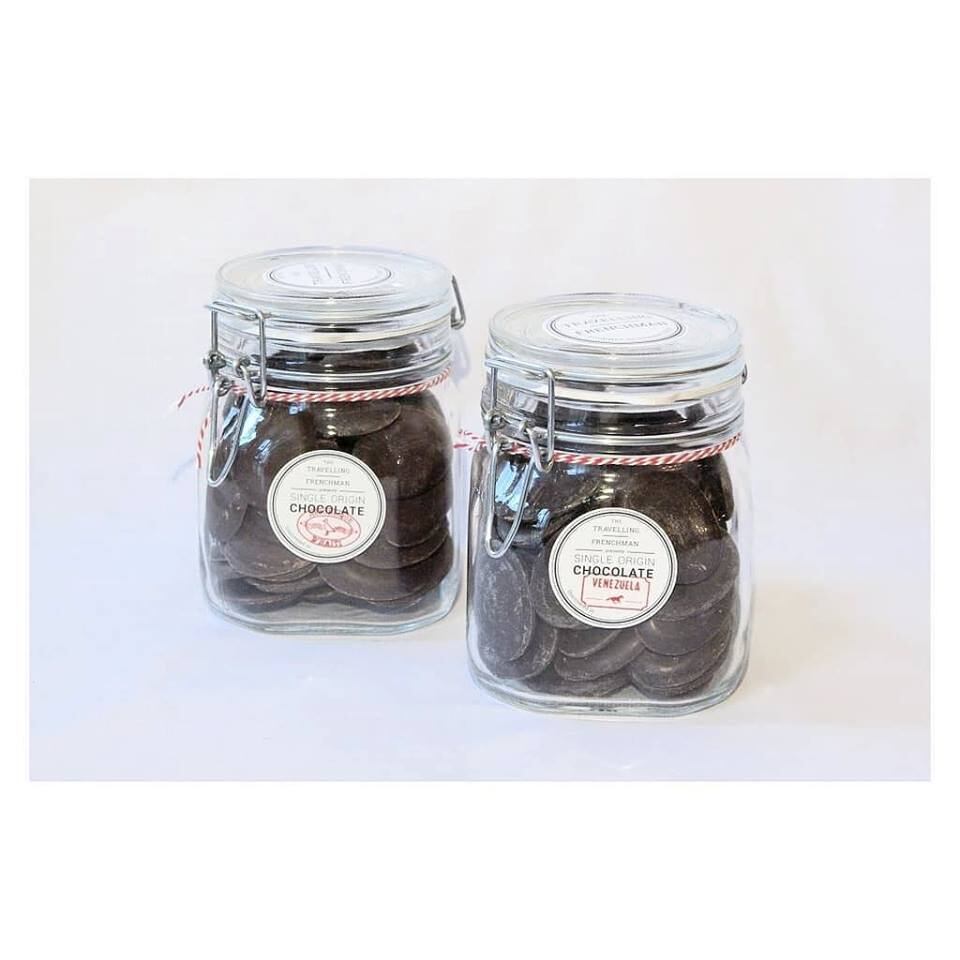
“We have been focused on telling the story of the different farmers in the different regions we work with and to be as authentic as possible. Also, educating the end consumer and re-telling our story to the cafes and bars in Amsterdam. The cafes that sell hot chocolate and the hotels.
“We sell to a lot of coffee bars that have single origin coffees and teas. This week we promoted a product from Bolivia. We are trying to be transparent in everything we do but chocolate is a complicated product. We have been doing this for three years now and we are still learning about the industry.”
When cocoa is blended, the effect of terroir is lost. That doesn’t mean blended chocolates are not as good. Blends are used by some of the world’s finest chocolatiers, but using single-origin chocolate often makes it simpler to trace the cocoa's source.
Some regions have very specific flavor profiles. For example, beans from Venezuela and Peru tend to have nutty, buttery flavors, whereas beans from Madagascar tend to have a fruity, bold taste. Chocolate made from beans from a single region allows the flavors of the chocolate to shine.
Franken said the company decided to do a big push across the hotel industry at the end of this year and going into 2019.
“We have different origins of single-origin chocolate at any given time. Right now we are selling chocolate from Bolivia and DR Congo and next we are moving to Venezuela. Our Peru, São Tomé, and Venezuela chocolate all have 70% cocoa and our Haiti product contains 75% cocoa,” she added.
“This is a passion for us, we are doing this with a different timeframe in mind and we are improving every year, ordering at the right time, Christmas time is really busy for us and we are surprised by how much we are selling.”
The company also supports the small farm holders it is sourcing its cocoa from and in 2016 it donated a percentage of its sales to the fundraising efforts following the hurricane Matthew disaster in Haiti.
Aillerie highlighted the disaster on social media at the time and said: “Over €1,000 has been raised for our Help Haiti initiative. Last year, Hurricane Matthew hit Grand’ Anse, where we source our cocoa from, especially hard. The money will reach the cocoa farmers of the Kaleos Cooperative and be used for new seedlings for the damaged farms, water system rehabilitation and rebuilding farms.”
The company says on its website; ‘Many consumers aren’t aware of the efforts and hardship cocoa farmers are faced with or about the health benefits of dark chocolate. Telling the story of where chocolate comes from, and how it is farmed, people will appreciate the differences and have a better experience when tasting. Like good wine, the origin country and the year of harvest determine a distinct flavor profile.’
Hotel sponsorship
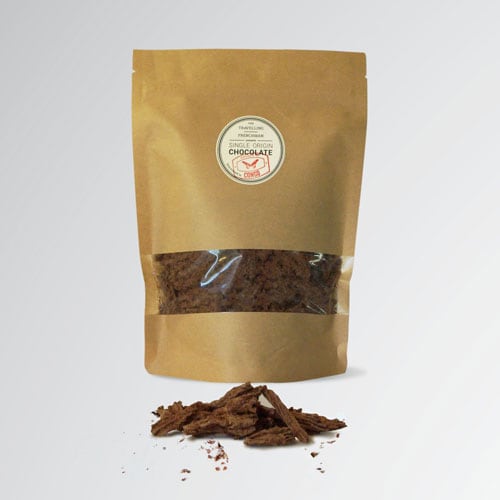
“The Travelling Frenchman chocolate tastes really different and it’s interesting to pair it with wine, coffees and whiskeys. The main thing for us now is getting a distributor and getting a hotel sponsorship,” added Franken.
“The chocolate coins are meant to present the chocolate in a unique way and we see a big trend in the hot chocolate industry right now where consumers are drinking hot chocolate as an alternative to coffee or tea.
“We have more cafes signing up to our chocolate flakes because they can create real hot chocolate from the flakes. It is essentially fine pieces of chocolate that can be used for decorating cakes or melting into warm milk for hot chocolate. Or for latte artwork on top of a drink, which is easier to use than powder, which is a cheap way of making cocoa butter. We recently launched our own range of “choc-presso” shots, like an espresso but with antioxidants and theobromine.
“It’s an interesting market but there is a lot going on, especially in Amsterdam. The dark chocolate we produce is a healthy product and the fat content contains less sugar than other products. We are also experimenting with ingredients such as an organic Colombian cane sugar, which is traditionally used as medicine, to be more natural and reap its benefits as an anti-oxidant.
“It’s not easy for us regarding packaging because of the shelf life and the fact it is single origin chocolate means we can only do batches because we don’t know what the next season of batch or cocoa will be.”
The Travelling Frenchman partnered with De Monsterkamer to find paper for the packaging of its souvenir boxes which come in the form of mini-boxes with lids, punched and folded from colored paper with a pressing.
The four colors (Amethyst, Imperial Blue, Claret and Dark Gray) represent the countries of origin: Peru, Haiti, Venezuela and São Tomé. The red stamps are added by hand, like a passport stamp.
The single-origin chocolate coins in "souvenir boxes" are available in selected stores and online and customers can buy The Travelling Frenchman Hot Chocolate Flakes in decorative 500g glass jars or paper bags.
